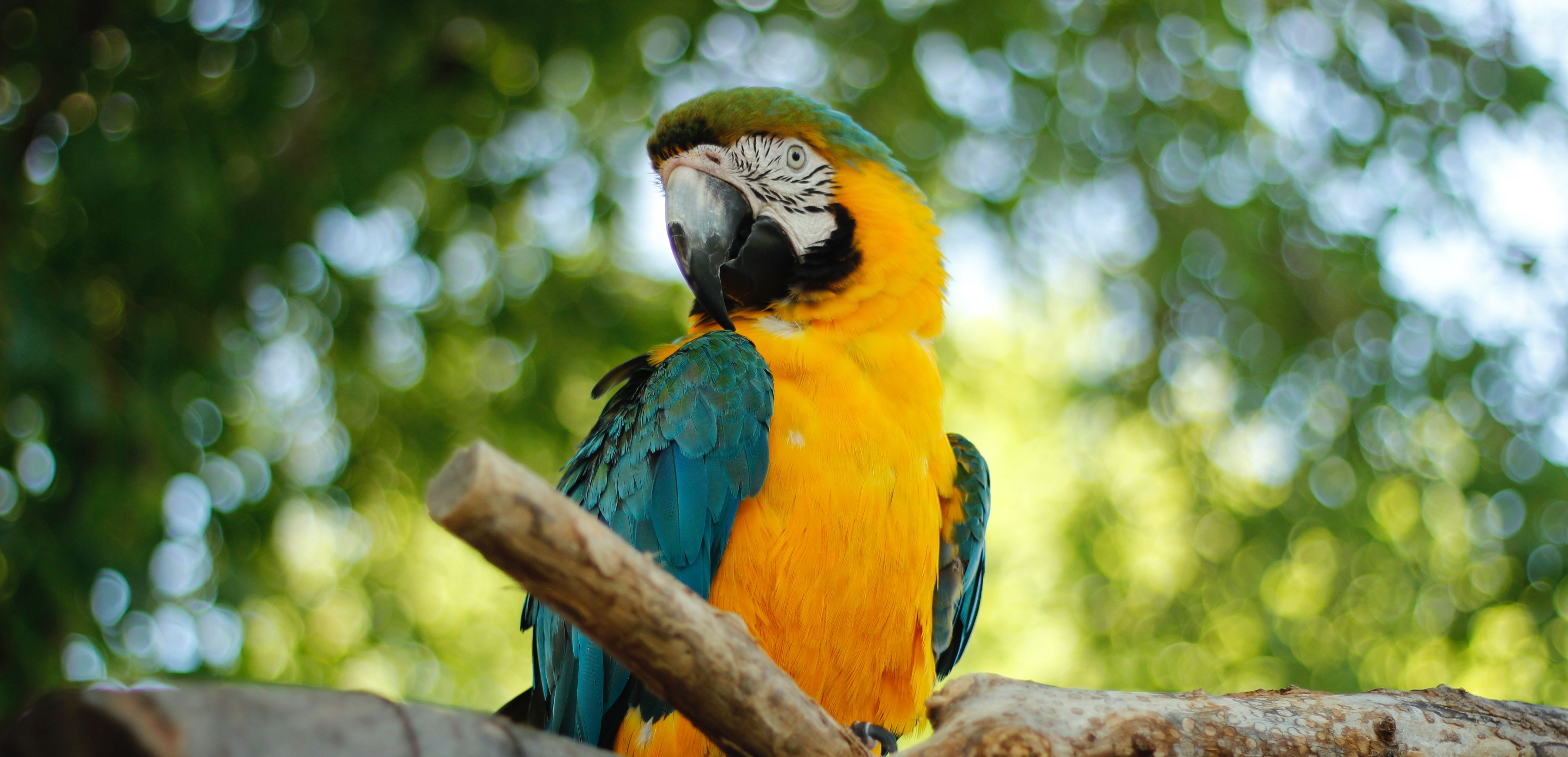Animals
Lincoln Children’s Zoo is home to over 400 animals including giraffes, cheetahs, tigers, giant anteaters, red pandas, Humboldt penguins, ring-tailed lemurs, and Galapagos tortoises. Learn more about each of the animals that live here by exploring the areas below.
*This is not an all inclusive list of the animals at Lincoln Children's Zoo
-
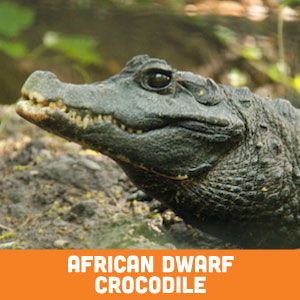
West African Dwarf Crocodile
Osteolaemus tetraspisCONSERVATION STATUS
VulnerableHABITAT
The West African dwarf crocodile is found in freshwater, tropical grassland and tropical rainforest habitats. They prefer slow-moving bodies of water and will dig burrows that often have two passageways near the water’s edge.DIET
IN THE WILD – Fish, frogs and crustaceans
IN THE ZOO – MeatFASCINATING FACTS
• World’s smallest crocodiles
• Live to be 75 years old
• Have taste buds on the roof of their mouth
• Cry to clean their eyes and reduce the growth of bacteria -

African Spurred Tortoise
Geochelone sulcataCONSERVATION STATUS
VulnerableNATURAL HABITAT
The African spurred tortoise lives in hot arid regions ranging from desert fringes to dry savannahs.DIET
IN THE WILD – Grasses and plants
IN THE ZOO – Greens, hay, vegetables and specially formulated tortoise chowFASCINATING FACTS
• Largest tortoise on the African mainland
• Will dig themselves into the ground to survive extended periods of drought
• Females lay 15 to 30 eggs
• Can be very aggressive, especially during mating season
• Males can be seen ramming into each other in attempts to flip one another over -
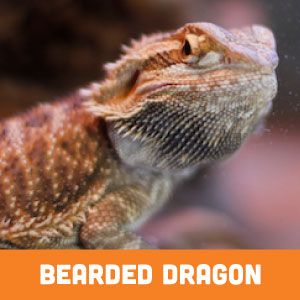
Bearded Dragon
Pogona vitticepCONSERVATION STATUS
Least ConcernNATURAL HABITAT
Bearded dragons come from the woodlands and savannas of Australia.DIET
IN THE WILD – Plant matter, insects, spiders
IN THE ZOO – Produce, insectsFASCINATING FACTS
• Diet is 20 percent plant matter
• Male and females both have a beard, but males extend theirs more often
• Sometimes wave to show submission
• Strong climbers -
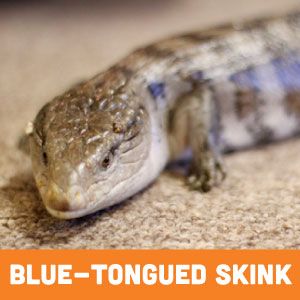
Blue-tongued Skink
Tiliqua scincoidesCONSERVATION STATUS
Least ConcernNATURAL HABITAT
Blue-tongued skinks live in Eastern Australia.DIET
IN THE WILD – Insects, snails, carrion, wildflowers, fruit, berries
IN THE ZOO – Insects, fruitFASCINATING FACTS
• Tail can grow back if it breaks off
• Have blue tongues
• Sticks out tongue and hisses to threaten other animals -
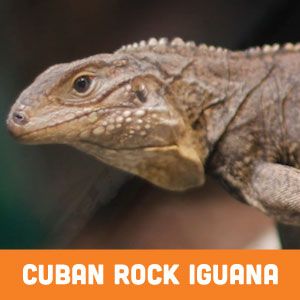
Cuban Rock Iguana
Cyclura nubileCONSERVATION STATUS
VulnerableNATURAL HABITAT
The Cuban rock iguana is found in coastal regions.DIET
IN THE WILD – Leaves, flowers, fruit, and insects
AT THE ZOO – Fruits, vegetables, and leafy greensFASCINATING FACTS
• Is able to make a 40 foot leap out of the trees and land safely on solid ground
• Can hold its breath under water for 30 minutes
• Uses its strong jaws, razor sharp teeth, and strong tail to protect itself from predators
• One of the world's largest iguanas
• Weigh up to 15 pounds and can grow up to 5 feet in length -
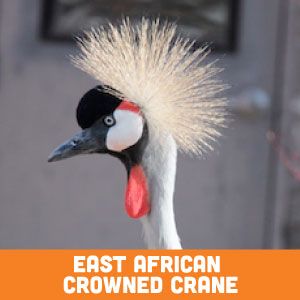
East African Crowned Crane
Balearica regulorumCONSERVATION STATUS
EndangeredNATURAL HABITAT
The East African crowned crane lives in dry savannahs.DIET
IN THE WILD – Plants, seeds, insects, worms, frogs and small fish
IN THE ZOO – Specially formulated grain and insectsFASCINATING FACTS
• The Mohawk on top of their head is actually feathers
• Fossil records indicate crowned cranes lived 37 to 54 million years ago
• Can live up to 50 years
• Only cranes to perch in trees -
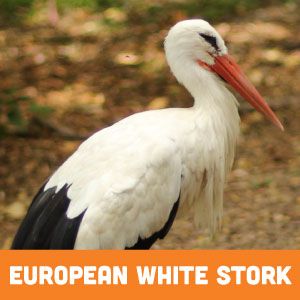
European White Stork
Ciconia ciconiaCONSERVATION STATUS
Least ConcernNATURAL HABITAT
The European white stork prefers open lands without tall trees or thick vegetation, usually in or near wetlands.DIET
IN THE WILD – Insects, worms, frogs, fish, lizards, snakes and small rodents
IN THE ZOO – Fish, meat and specially formulated grainFASCINATING FACTS
• Build large nests that can reach lengths of more than 7-feet across
• Can eat up to 60 percent of body weight per day
• Fly by soaring on warm air currents, with long, broad wings that flap occasionally
• Nest on roofs and chimneys of houses in the spring -
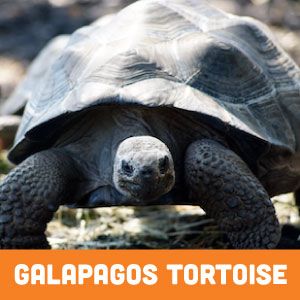
Galapagos Tortoise
Chelonoidis nigra microphyesCONSERVATION STATUS
EndangeredNATURAL HABITAT
Galapagos tortoises are found on the Galápagos Islands. They live in hot, dry areas with sparse vegetation or cool, wet areas with lush ground vegetation.DIET
IN THE WILD – Grasses, vines, cactus fruit, fallen fruit and assorted vegetation
IN THE ZOO – Assorted green grass and hayFASCINATING FACTS
• Can live to be over 100 years old
• Oldest recorded age is 171 years old
• Adults average 5 feet in length and 475 pounds
• Move at 0.16 mph compared to humans who walk at 2.8 mph -
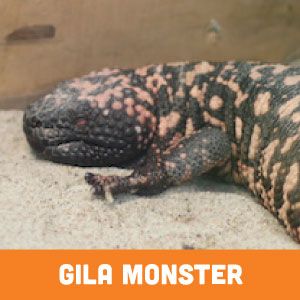
Gila Monster
Heloderma suspectumCONSERVATION STATUS
Near ThreatenedNATURAL HABITAT
The Gila monster is found in scrublands, deserts and oak woodlands.DIET
IN THE WILD – Birds, eggs, frogs, lizards and insects
IN THE ZOO – RodentsFASCINATING FACTS
• Only venomous lizard native to the United States
• Store fat in tails during the winter months
• May spend more than 95 percent of their life in underground burrows
• A protein found in their saliva has been used in FDA approved treatments for type 2 diabetes -
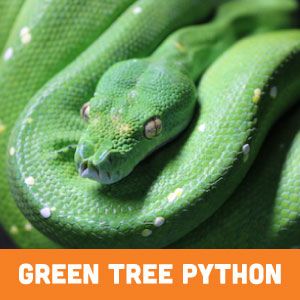
Green Tree Python
Morelia viridianCONSERVATION STATUS
Least ConcernNATURAL HABITAT
The Green tree python is found in the bushes, trees and shrubs of the rainforest.DIET
IN THE WILD – Small mammals, reptiles and birds
IN THE ZOO – Mice and ratsFASCINATING FACTS
• Capture prey by striking in an s-shaped position while hanging on branches
• Loop over branches like a saddle with head in the middle to rest
• Large teeth help to catch prey
• Females wrap around eggs to incubate them
• Juveniles are typically yellow, red or dark brown -
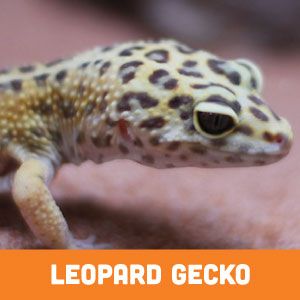
Leopard Gecko
Eublepharis maculariusCONSERVATION STATUS
Least ConcernNATURAL HABITAT
Leopard geckos live in Northern India, Pakistan, Afghanistan, Iran and Iraq.DIET
IN THE WILD – Insects
IN THE ZOO – InsectsFASCINATING FACTS
• Stores fat in tail
• Unlike most geckos, they have movable eyelids
• Replace their 100 teeth every 3-4 months -
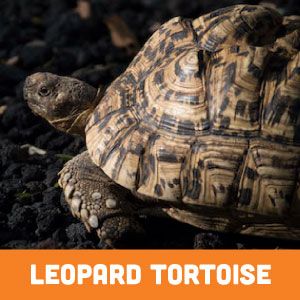
Leopard Tortoise
Stigmochelys pardalisCONSERVATION STATUS
Least ConcernNATURAL HABITAT
The leopard tortoise lives in savannah regions.DIET
IN THE WILD – Fallen fruit, vines, grasses, wild mushrooms and leaves
IN THE ZOO – Various greens, hay and specially formulated tortoise chowFASCINATING FACTS
• Females lay up to 30 eggs in a nest 10 inches deep
• Can live 80 to 90 years
• Depend on other senses to find food and avoid predators
• Have a row of small toenails enabling them to dig
• Can go underwater for up to 10 minutes -
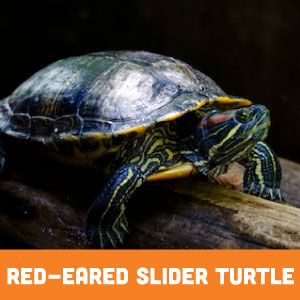
Red-Eared Slider Turtle
Trachemys scripta elegansCONSERVATION STATUS
Least ConcernNATURAL HABITAT
The red-eared slider inhabits areas with source of still, warm water, such as ponds, lakes, swamps, creeks, streams or slow-flowing rivers.DIET
IN THE WILD – Omnivore, meaning they eat both plants and animals
IN THE ZOO – Turtle chowFASCINATING FACTS
• Excellent swimmers, almost entirely aquatic
• Like to leave water to sunbathe to regulate body temperature
• Do not hibernate, but brumate (become less active) in winter
• Have webbed feet to help them swim
• Can live up to 30 years
Conservation
Lincoln Children’s Zoo is committed to animal conservation efforts and saving animals from extinction. Home to over 30 endangered animals, the Zoo strives to provide the highest-quality care to these near extinct species. Lincoln Children’s Zoo partners with organizations throughout the world that manage captive animals and wild animals with a goal to create a plan to ensure endangered animals are saved and protected for future generations.
The Zoo is part of the Association of Zoos & Aquarium’s Species Survival Plan, which oversees the management of select species with the goal of enhancing conservation in the wild. Species Survival Plan is led by expert advisors who work together to manage the demographic distribution and long-term sustainability of nearly 500 species.
Photo Ark Collaboration
Lincoln Children’s Zoo collaborates with National Geographic photographer Joel Sartore and his Photo Ark project. The Photo Ark is a groundbreaking effort to document species before they disappear and to get people to care while there’s still time. The Photo Ark started at Lincoln Children’s Zoo with the first photograph taken of a naked mole rat. To date the Photo Ark has documented 10,531 species. Find out more about Joel Sartore’s Photo Ark here.

